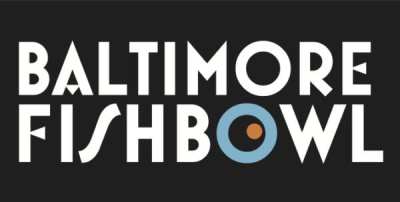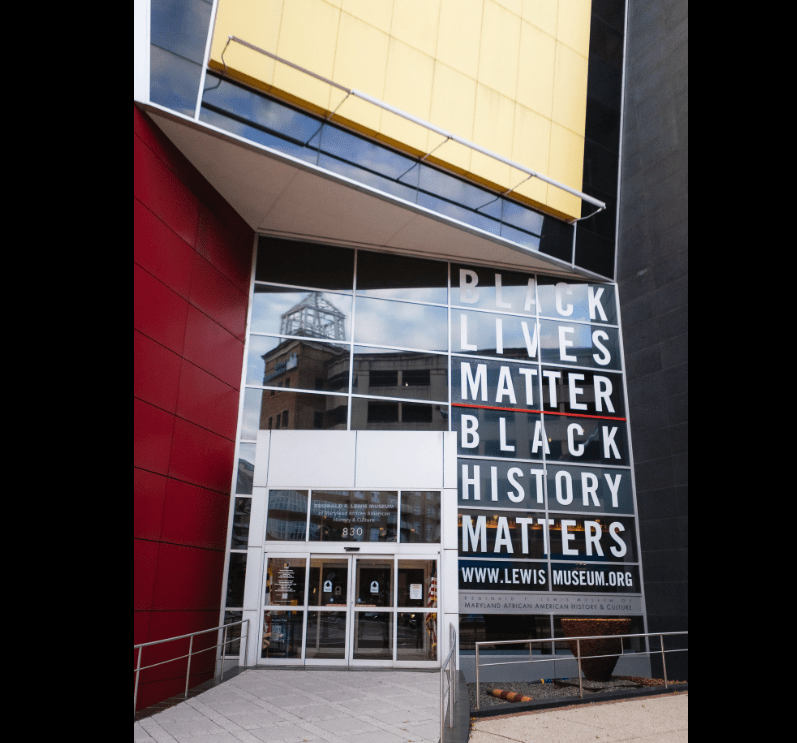The National Organization of Minority Architects (NOMA) has chosen Baltimore to host its annual conference, bringing together more than 1,500 minority architects from around the country for a five-day summit in Charm City.
The 12 local young architects organizing the conference will highlight the housing, entertainment, and community projects making Baltimore the unique and exciting city it is for learning, living, and exploring.
The annual meeting takes place from Wednesday, Oct. 23 – Sunday, Oct. 27, 2024 and is sold out. NOMA is a 50-year-old organization with 25 chapters around the United States. Baltimore’s chapter began in 2017 with just five members and boasts over 100 members today.
In addition to attending sessions designed around the topics of design; technical; community and justice; business; and “Hey, Smalltimore!”, there will be numerous networking events held around the city and keynotes featuring esteemed and groundbreaking minority architects on topics as broad as bridging continents to focused topics like underserved communities in Baltimore.
“With over 45-chapter cities to choose from to host our national conference, we are excited to be in Baltimore to honor its place in design history as well as it’s emerging community-inspired design programs. It is in cities like these where we want to gather, exchange local ideas that can make a national impact, and lift up our mission and members,” said Tiffany Brown, MBA, NOMA, Assoc. AIA, NOMA Executive Director. “From the Reginald F. Lewis Museum of African American History and Culture – designed by our former NOMA architecture colleague Philip Freelon, to the legacy of Morgan State University as the only Historically Black College and University in Maryland where we have an amazing student chapter, we are pleased to be here, engaged with the emerging design leadership in Charm City.”
Some of the networking events include a private White House tour; a reception at Reginald F. Lewis Museum of Maryland African American History and Culture (designed by Philip Freelon, a late NOMA member, after whom the professional design awards are named); a graduate fair expo with 70+ exhibitors; tours around Baltimore including the Baltimore Art Museum, Lexington Market, Camden Yards Sports Complex Stadium Tour, and more.
The NOMA Awards Banquet will be held on Friday to honor exceptional leadership, elevate NOMA members moving to the NOMA Council (NOMAC), and recognize award-winning work of NOMA professional and student members. These awards are sponsored by national architecture firms HDR, SOM and Stantec.
Over 80 firms applied to this year’s Phil Freelon Professional Design Awards. Baltimore is home to several buildings designed by Freelon and his firm, including the Reginald F. Lewis Museum, and the Center for the Built Environment and Infrastructure Studies (CBEIS) at Morgan State University, the only Historically Black College and University (HBCU) in Maryland with an accredited architecture program.
Melanie Ray, president of NOMA’s Baltimore chapter and the northeast university liaison for NOMA’s national board, spoke to Baltimore Fishbowl about some of the architectural design trends, their emphasis on design justice and accessibility, and what NOMA is doing to increase architecture studies to HBCUs nationwide.
Ray explained that attendees of the conference do not have to be members.
“We do have a lot of our conference attendees this year are either sponsors or allied professionals,” she said. “In some cases, they’re allied individuals who just support the mission of the organization to truly champion diversity within architecture and related professions.”
Since Ray sits on both the local and national boards of NOMA, she was able to speak to the organization’s involvement in HBCUs on both levels. Locally, NOMA partners with Morgan State University, since it has an architecture program (the student chapters are called NOMAS) and over 20 Morgan students are attending this year.
“We partner with them throughout the year,” Ray explained. “We co-host events with them. We invite them to our organization’s events. We do portfolio reviews. We really try to ensure that our NOMAS members have a direct connection to the professional community within Baltimore, so that when they graduate, they’ve got a job, they’ve got connections and mentorship.”
Beyond Morgan State University, NOMA has student chapters at all seven HBCUs that have architecture programs. NOMA has an HBCU professional development program that partners students with professionals for virtual membership opportunities. Additionally, this year, national president Pascale Sablan will visit all seven of the HBCUS with architecture programs.
Ray said NOMA approaches everything through the lens of design justice when it comes to accessibility, affordable housing, and planning. Since she does work in affordable housing, and those projects are federally funded, the emphasis is on universal design as the basis for all spaces. Universal design, according to the National League of Cities, “prioritizes usability by all people, to the greatest extent possible, without the need for adaptation or specialization.”
“There’s actually seven key features as it relates to universal design, and we’re seeing more and more jurisdictions incorporate this into their design requirements for new buildings,” Ray said. “We are seeing a heavier focus on designing spaces that accommodate everyone, without heavy adaptation or changes that often make people feel like these changes are inconveniencing other people or going above and beyond. But if you design spaces from the beginning to be accessible to all, then you don’t have to worry about that being an afterthought later.”
Speaking about justice, Ray exuded enthusiasm for kicking off the Baltimore NOMA conference at the Reginald F. Lewis Museum of Maryland African American History and Culture. “It’s a really iconic building, from the outside, the graphics, even to the ‘Black History Matters’ letters that are on the front,” Ray said. “Just kind of really highlighting that as the keynote of the conference.”


